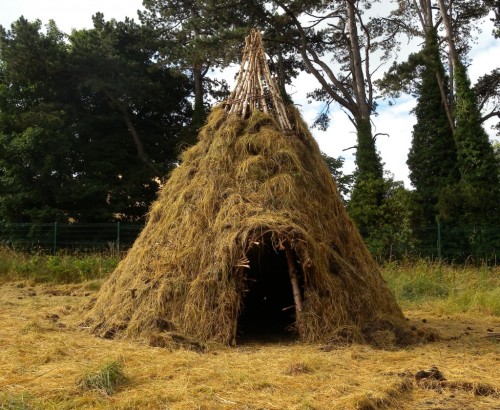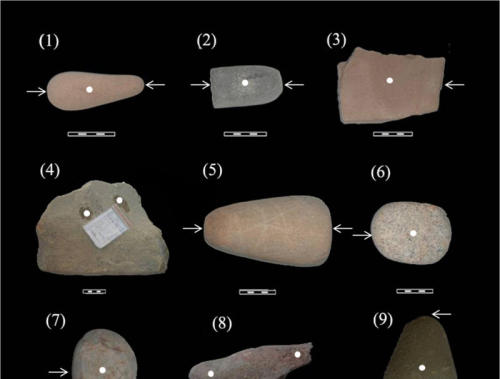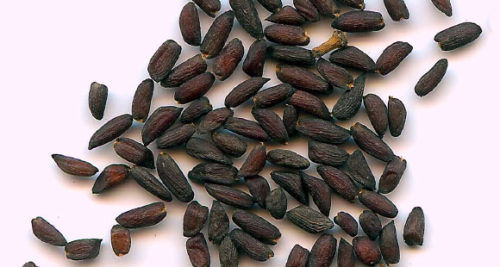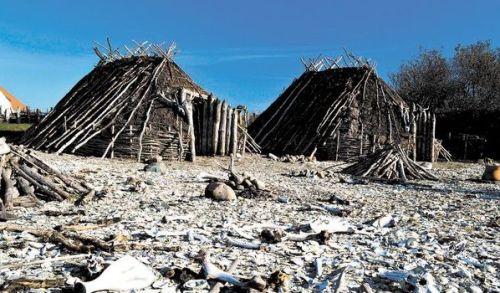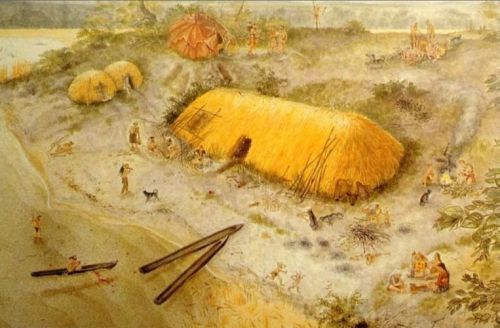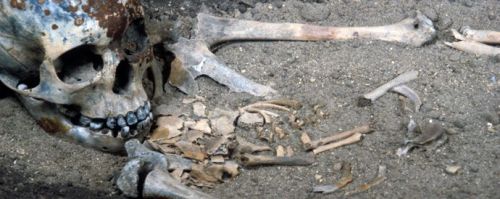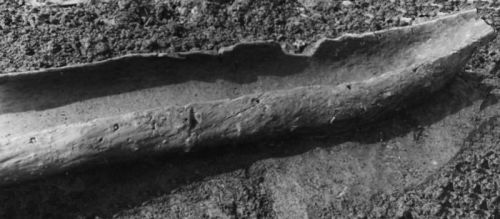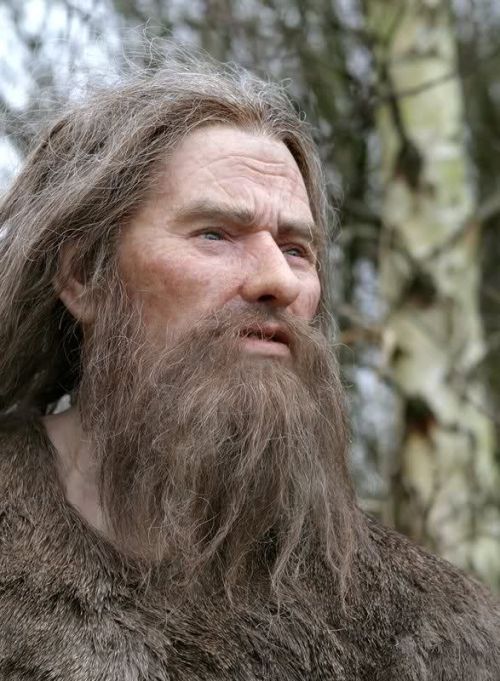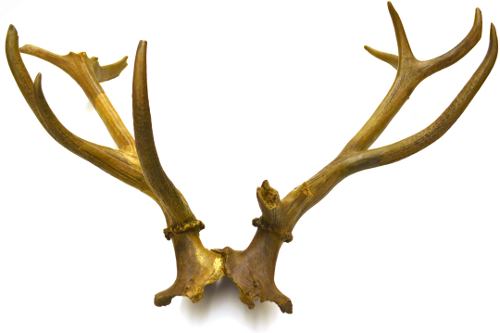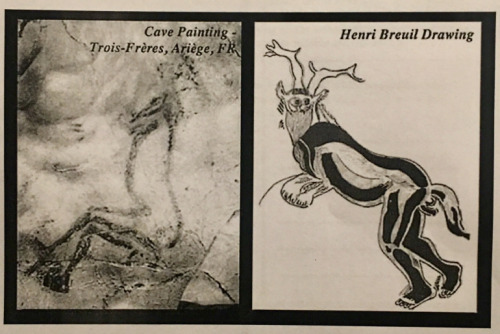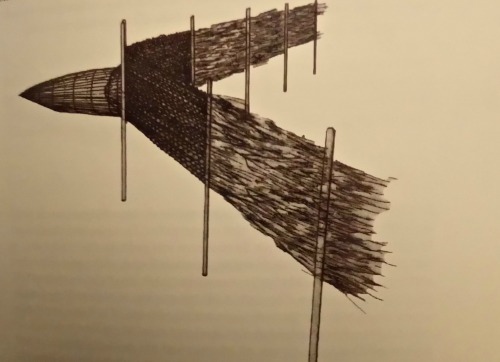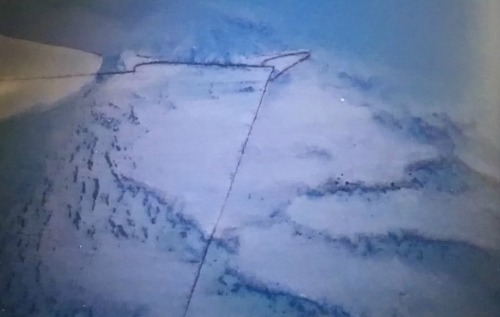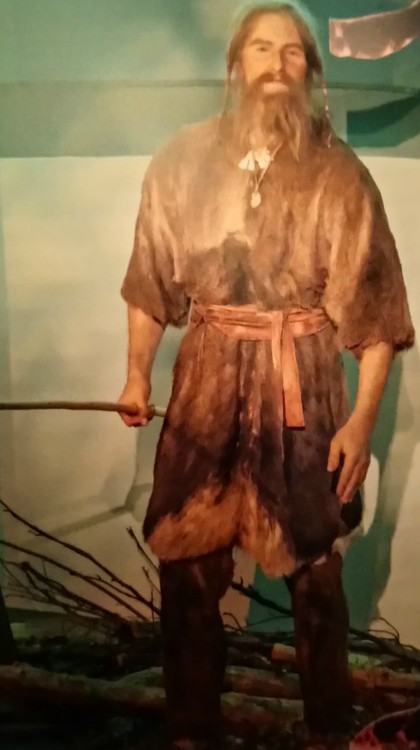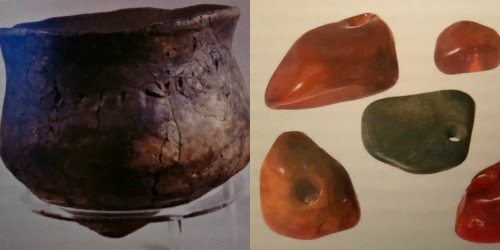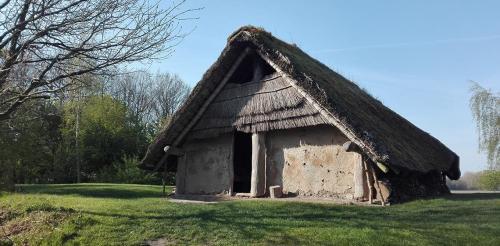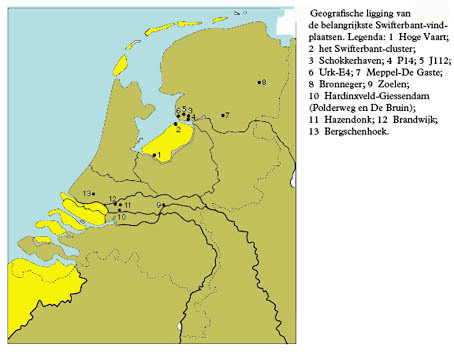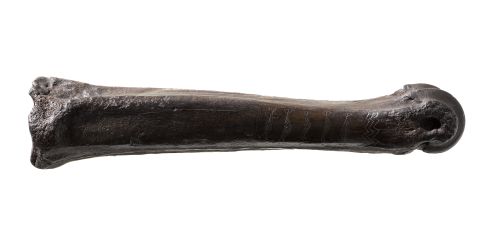#mesolithic

‘Cerrig Arthur Prehistoric Stone Circle’, Pen and Ink Sketch, April 2020.

Druid’s Temple Dolmen, Masham, Yorkshire, Pen and Ink Sketch, November 2019.

Ballymeanoch Prehistoric Standing Stones, Kilmartin Glen, Argyll, Pen and Ink Sketch and Wash, October 2019.

Nether Largie Standing Stone, Kilmartin Glen, Argyll, Pen and Ink Sketch, October 2019.

Y Ffor (Four Crosses) Prehistoric Burial Chamber, North Wales, Pen and Ink Sketch, October 2019.
All rights reserved. Repost only with credits.

Garton Slack Prehistoric Inscribed Chalk Slab, Pen and Ink Sketch, 31.8.19.
All rights reserved. Repost only with credits.

Stones Monolith, Todmorden, Calderdale, Pen and Ink Sketch, 26.8.19.
All rights reserved. Repost only with credits.
Mesolithic house reconstruction at UCD, Dublin
A wonderful archaeological reconstruction from my UCD colleagues. Really wish I could have been there to help with it! This house fundamentally questions much of what we think we know about Mesolithic settlement in Ireland and Britain.
Post link
Smithsonian Magazine. “Researchers Find Potential Evidence of Oldest-Known Mummification”
““These practices would…underscore the significance of the burial places and the importance of bringing the dead to these locations in a manner that contained and protected the body, following principles that were culturally regulated,””
*CW: Depictions of skeletal and mummification of human remains.
Ertebølle Culture
The Ertebølle culture was a culture of hunter and gatherers who lived between 5300BC-3950BC in modern day Denmark and southern Sweden. Even though the culture is linked to Denmark and southern Sweden, the people of the Ertebølle culture had virtually identical genes with the people of Northern Germany and the Northern Netherlands. The Dutch Swifterbant culture, about which I have written a post before, is the most similar culture to that of the Ertebølle culture.
The name of the culture itself is named after a kitchen midden found in the village of Ertebølle in Denmark. The Ertebølle people lived close to the coasts between modern day Netherlands and Denmark (pretty much the later territory of the kingdom of Frisia) and their food consisted of a lot of sea food like mussels, oysters and fish.
The climate of Denmark was wildly different during the end of the mesolithic era compared to the climate in which the Germanic people lived, the iron age. Temperatures were about three degrees celcius higher than they are today and the sea level was 3 meters higher than today. Denmark, Northern Germany and the Netherlands was filled with primeval lush forests and rich with a wide range of animals and edible plants. Perfect lands for a hunter and gathere culture.
The Ertebølle culture is mostly known for its kitchen midden remnants which consisted of huge piles of shells of seafood. These kitchen middens could be very long, the kitchen midden after which the culture is named, is about 140 meters long and just full with piles of seashells. Not only remains of seafood have been discovered in these middens, bones of otter, wolf, deer, boar, auroch, bear, fox, lynx, eagle, beaver and seals have also been found at these kitchen middens.
Their main weapon of hunting these animals was the bow and arrow but just like their Swifterbant relatives, they used fishing nets in order to catch their seafood. The Ertebølle culture was truly one of the very first cultures in the world that established a coastal fishermen’s lifestyle.
The homes of these Ertebølle people looked rather different if you compare them to the houses of other European mesolithic people. The Ertebølle people lived in small cottages made of wood and sometimes with thatched roofs. Some of the cottages might have been covered in animal skins. They were however also able to make wattle walls. The climate in Denmark was warm enough during the end of the mesolithic age to not have needed special isolated homes against the cold.
The Ertebølle people also hollowed out trees to make canoes in order to travel on rivers and lakes. They could have been used to transport goods to another settlement just like what the Swifterbant culture people did but they could also have been used for fishing of course.
How did these Ertebølle people look like? We do not exactly know how they should have looked like but we have some ideas based on DNA research of several remains. The average life expectancy was only 35 years old but remains of people older than 60 have been found which suggests that infant mortality was quite high. Sex determination is also difficult to perform since the females were actually quite robust. The DNA of the Ertebølle and Swifterbant people are linked to the Cro Magnon, these people were fairly light skinned with possible blue eyes.
The Ertebølle culture is very interesting to explore and perhaps, if more settlements were found across the coastline between the Netherlands and Denmark, the Swifterbant and the Ertebølle people were actually one single culture instead of two distinctly different ones. This is very well possible judging by the fact that they are genetically identical and lived very similar lifes.
Here are photos of:
Ertebølle cottage reconstruction,
Artists interpretation of an Ertebølle cottage,
The remains of an Ertebølle girl from Tybrind Vig,
Ertebølle flint tools,
Ertebølle canoe,
Reconstruction of a face of a Dutch Swifterbant which is also how an Ertebølle male would have looked like since the two cultures are genetically identical,
Map showing Ertebølle finds/territory,
Post link
Earliest Traces Of Spirituality In Germanic Territory
We know that the Germanic people had an elaborate pantheon of Gods and rituals but most of the Germanic spirituality came from much older sources. The Gods as we know them, have their origins with the Proto-Indo European people but certain spiritual habits, like ancestor worship and the belief in nature spirits, was already practiced by the neolithic people inhabiting later Germanic territories.
One of the oldest finds that can possibly be linked with a spiritual practice, are the red deer antler skulls that have been uncovered in Bedburg, Germany. Two modified antler skulls have been found at an early mesolithic site which dates back to around 9700BC. These skulls have been modified as such as they could be used as a headdress.
Now we can’t of course be exactly sure if these antlers were used for ritualistic purposes but some historians agree that they were possibly used by ancient shamans. If this is indeed the case, that makes these deer skulls the oldest trace that we have of a shamanic spiritual practice. They could also have been worn as normal attire by a hunter or tribe chief but wearing big antlers on your head seems counterproductive for the hunt.
What further encourages the belief that they were used for a ritualistic purpose, are some several other finds from the late Paleolithic and early Mesolithic era. A few examples are the lion man sculpture (Germany 35,000BC), dancing men engraved on a rock (The Netherlands 9,000BC), Sorcerer cave painting (France 13,000BC), antler headdress (England, 9,000BC)
All these finds represent some form of metamorphic man/animal being. The bond between nature and humans, man and animal is very important in animistic societies. If we picture ourselves how a shaman would look like, most of you would probably imagine a man dressed in animal skins with most likely either a bear pelt on his head or antlers, it reminds us of the modern day band Heilung.
For whatever reason these objects were used by our paleolithic and mesolithic ancestors, they are quite unique in nature and they set our imagination free on how these ancestors of ours lived in harmony with nature.
Here are photos of:
Bedburg antler headdress, Germany
Yorkshire antler headdress, England
Löwenmensch statue, Germany
Danseres van Geldrop and Danser van Wanssum, The Netherlands
Sorcerer cave painting, France
Post link
Swifterbant Fishing
Between 1999 and 2001, the remains of at least 10 fish barriers and 40 fish traps have been found in modern day Flevoland, the Netherlands dated back to around 3000BC which belonged to the Swifterbant culture, about which I wrote a post earlier this week. This fishing gear has been conserved very well. Perhaps because Flevoland was first land, then a lake, then sea and now land again.
The fish barriers in particular are special because they show that these people were very skilled at fishing thousands of years ago. They didn’t simply use a spear or a rod to catch a fish, they made complicated traps in order to lure and trap fish.
The barriers are around 15 to 30 meters long and were shaped like a funnel. Fish could swim into the barrier but they couldn’t get out again. The fish traps were made from willow branches and the poles supporting the barriers were made from birch, elm and hazel wood. The willow branches were woven and bound with a rope made from bark.
Several long, 2 meters long, taxus wood sticks have been found as well which were most likely used to keep the traps in place. This highly efficient way of fishing probably led to a surplus of fish for these mesolithic people. This makes archeologists wonder if they just caught fish for their own consumption or did they also catch it to use for trade?
Were they able to smoke the fish and transport it to other settlements for trade? Evidence for the use of small ships like canoes have been discovered as well near these Swifterbant settlements like peddles. Unfortunately direct evidence of trading this fish is gone by now but it might be very much so possible that these prehistoric people not just caught fish for food but for trade as well, which is a rare thing to see in mesolithic societies.
The way how these Swifterbant people used these fish barriers to fish has not changed for over 5000 years. Fishers in the Netherlands still use this exact same method until this day. It’s a nice prehistoric tradition that still exists today so I thought it would be interesting to share.
Here are photos of:
Swifterbant fish barrier found,
Swifterbant fish traps,
Reconstruction of the fish barrier,
Modern day Dutch fish barrier,
Canoe peddle found,
Post link
Swifterbant Culture
The Swifterbant culture is a prehistoric culture that developed around modern day Flevoland, the Netherlands. Traces of this culture have also been found more to the south and in Germany. Swifterbant people lived between 5000BC-3400BC and they are fascinating because these people were hunter and gatherers who developed agricultural skills. Proof that the second wave of migration into Europe, people who were farmers, from around 7000BC, did not just replace the hunter gatherers. Agriculture developed on its own as well.
This prehistoric culture was discovered by J.J Aukema in 1962. Flevond was still being created, barely 30 years earlier the Afsluitdijk was build, turning the Zuiderzee into a big lake. After the first pieces of pottery and flint arrowheads were discovered by Aukema, A large archeological research was conducted in the area during the 1970’s. Several settlements were discovered from people who used to live here 7,000 years ago.
It is hard to imagine how modern day Flevoland used to be a rich landscape with dunes, swamps, forests and creeks. This rich landscape turned into a lake called the Flevomeer around 500BC before turning into a sea called the Zuiderzee. This sea existed until 1932 when the Afsluitdijk was build, turning the sea into a lake once more. A large part of the lake was drained and thus the modern province of Flevoland was created.
In total, 14 Swifterbant settlements have been discovered in Flevoland during the draining of the land. Only two of these settlements have been dug up, the other 12 have been carefully researched without disturbing the land.
The Swifterbant people were originally hunter and gatherers who enjoyed the rich flora and fauna. The area was lush and filled with all kinds of wildlife, perfect for a stone age hunter and gatherer culture. Raising sea levels however slowly started to change the landscape and the ground was getting wetter and wetter. The lush forests with its creeks disappeared and changed into swamps.
This change in landscape could have been the reason why these prehistoric people started to experiment with agriculture. The rich fauna disappeared thus so did most of their food supply. They were forced to either move to a new area or try to cultivate their own food.
This Swifterbant culture is almost exactly similar to the Scandinavian Ertebølleculture. Both cultures developed around the same time, 5600BC. They are in fact so similar that it is almost impossible to see cultural differences. The biggest difference is that the Swifterbant culture started to keep cattle thousand years before the Ertebølle culture did. The Swifterbant culture and the Ertebølleculture developed into the Funnelbeaker culture around 4300BC.
I have written a post about this culture back in September for those who are curious. One of the most interesting finds of this culture was discovered in 2018. The remains of a young woman with a baby in her arms. This baby is the oldest baby ever found in the Netherlands. DNA research confirmed that the woman was the mother of the baby and the baby was a female.
Now for those people who are curious about the meat diet of a mesolithic hunter and gatherer human, here is a list of animals used/eaten by the Swifterbant people. You can see that their diet was quite varied, this is thanks to the rich fauna that lived in the area and the lush landscape. Of course fruits and vegetables were eaten as well.
Pets: Pig, cattle, sheep, goats and dogs
Hunted animals:Wild boar, Beaver, Red Deer, Otter, Elk, Roe deer, Badgers, Wild Cat, Fox, Polecat, Weasel, Mole, Brown Bear, Auroch, Horse, Sea Lion.
Fish:Garfish, Catfish, Bream, Roach, Tench, Sea Bass, Sturgeon, Eel, Salmon
Birds:Wild Duck, Geese, Swan, Crow, Jay, Sea Eagle, Crane, Seagull, Cormorant, Grebe.
Here are photos of: Swifterbant male reconstruction, Swifterbant female and baby skeleton, Swifterbant Farm, Swifterbant tools, pottery and jewelry, A map that shows Swifterbant finds
Post link
The Ryemarksgård Bone (9.000-7.800 BC, Early Maglemosian, Denmark) is the oldest depiction of people known from Denmark. Made from the metatarsal of an Aurochs, it depicts five people, perhaps wearing skin clothes [3936x1840]
Source:https://reddit.com/r/ArtefactPorn/comments/ctcnj6/the_ryemarksgård_bone_90007800_bc_early/
Post link


